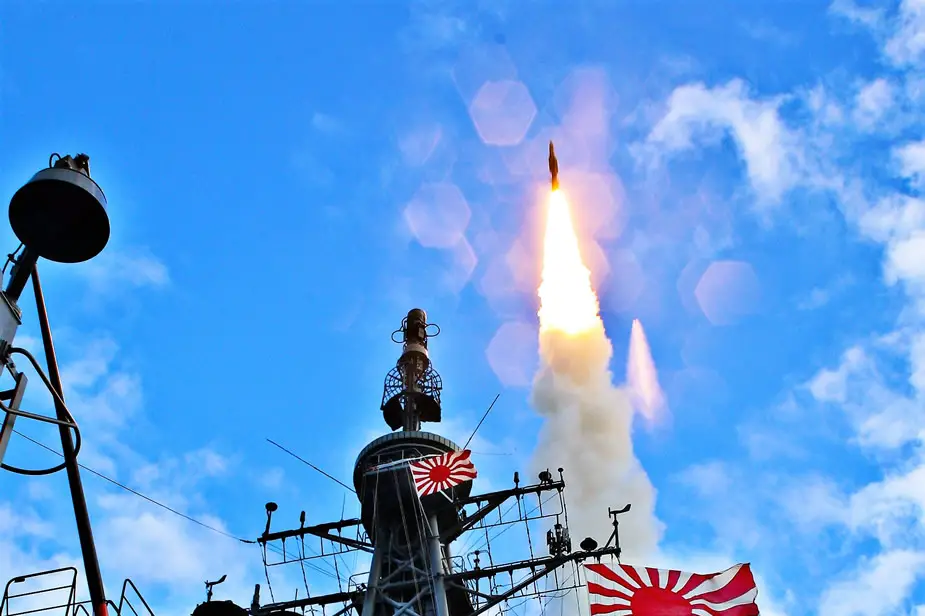The U.S. State Department approved a possible Foreign Military Sale to Japan of eight (8) Standard Missile-3 (SM-3) Block 1B Missiles and thirteen (13) Standard Missile-3 (SM-3) Block 2A Missiles for an estimated cost of $561 million. These are intended to be deployed aboard the Japan Maritime Self Defense Force (JMSDF) AEGIS destroyers.
The U.S. State Department approved a possible Foreign Military Sale to Japan of eight (8) Standard Missile-3 (SM-3) Block 1B Missiles and thirteen (13) Standard Missile-3 (SM-3) Block 2A Missiles for an estimated cost of $561 million. These are intended to be deployed aboard the Japan Maritime Self Defense Force (JMSDF) AEGIS destroyers.
 The SM-3 missiles are intended to be deployed aboard the Japan Maritime Self Defense Force (JMSDF) AEGIS destroyers.
The SM-3 missiles are intended to be deployed aboard the Japan Maritime Self Defense Force (JMSDF) AEGIS destroyers.
The proposed sale will provide Japan with an increased ballistic missile defense capability to assist in defending the Japanese homeland and U.S. personnel stationed there. Japan will have no difficulty absorbing these additional munitions and support into the Japan Maritime Self Defense Force (JMSDF).
The SM-3 Block IIA is being developed cooperatively by the U.S. and Japan and operates as part of the AEGIS Ballistic Missile Defense system. The IIA variant has larger rocket motors and a bigger kinetic warhead, raising its effectiveness against evolving threats. SM-3 is the only ballistic missile interceptor that can be launched at sea and on land.
Japan currently employs the SM-3 Block IA interceptor, but the IB variant's improved two-color seeker and upgraded throttling divert and attitude control system enables engagements with a larger set of threats.
The SM-3 is produced at Raytheon's Space Factory in Tucson, Arizona, and the company's integration facility in Huntsville, Alabama.







